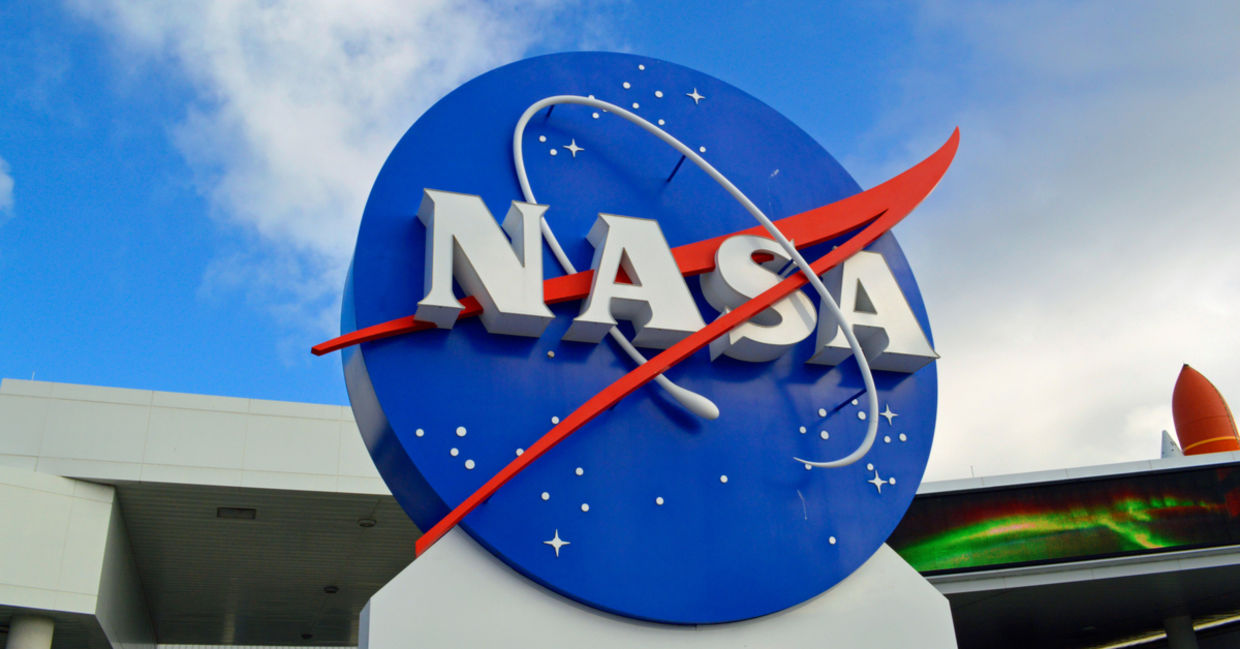
(Tony Craddock / Shutterstock.com)
NASA just went green on the June 25, 2019, launch of a SpaceX Falcon Heavy rocket that carried 24 satellites. It was dubbed the Green Propellant Infusion Mission (GPIM) because NASA used the new fuel on one of the Ball Aerospace satellites that successfully fires all five of the thrusters that put it into orbit. This was the first time a green propellant was used in space.
“We had a textbook checkout,” Christopher McLean, GPIM principal investigator at Ball Aerospace said in a NASA news release. “Test operations were flawless, and the propulsion subsystem is interacting with the small spacecraft as designed.”
Falcon Heavy and STP-2 are vertical on Launch Complex 39A. Tonight’s four-hour launch window opens at 11:30 p.m. EDT, or 3:30 UTC on June 25 → https://t.co/gtC39uBC7z pic.twitter.com/NTblKjmFxT
— SpaceX (@SpaceX) June 24, 2019
The GPIM mission will last 13 months and will give the green propellant – or orange, as the new rocket propellant is actually peachy colored – a real workout.
The new fuel – officially named AF-M315E – is an energetic ionic liquid (EIL) made of hydroxyl ammonium nitrate fuel/oxidizer and is sustainable, cheaper to use, safer to use, has low vaporization, and has low toxicity, according to Space.com.
Tom Hawkins of the Air Force's Rocket Propulsion Division, where the propellant was developed after years of research, said, "it is less toxic to humans than caffeine."
Almost since the dawn of the space age – at least from the 1970s through the Mars Rover launch – rockets used a fuel called hydrazine. The fuel is highly flammable and throws off a huge amount of heat. It is also highly toxic when inhaled or if it touches human skin. It is very difficult to transport and use unlike the new green fuel, which, according to Space.com, is safe enough to ship by FedEx.
That makes using a safer fuel very attractive to NASA, which hopes to be able to use AF-M315E in more types of satellites and small spacecraft.
The only downside is that AF-M315E burns much hotter than hydrazine. So much hotter actually, that it would damage the engines that NASA is currently using in its spacecrafts.
"Now we need better materials [for engines] that can handle the temperatures generated," Michael Berman, a program manager at the Arlington, Virginia, Air Force office of scientific research where Hawkins conducts his research told NBC News.
Ball Aerospace was given the job of creating a new engine that can handle AF-M315E or other EIL fuels according to Hawkins. When accomplished, this could usher in a whole new age of space exploration to Mars and beyond. That would be just peachy.
YOU MIGHT ALSO LIKE:
7 Historic Firsts for Women in Space You Might not Know About
A Two-Minute Window into Outer Space
NASA's Braille Book Lets the Blind See a Total Solar Eclipse







